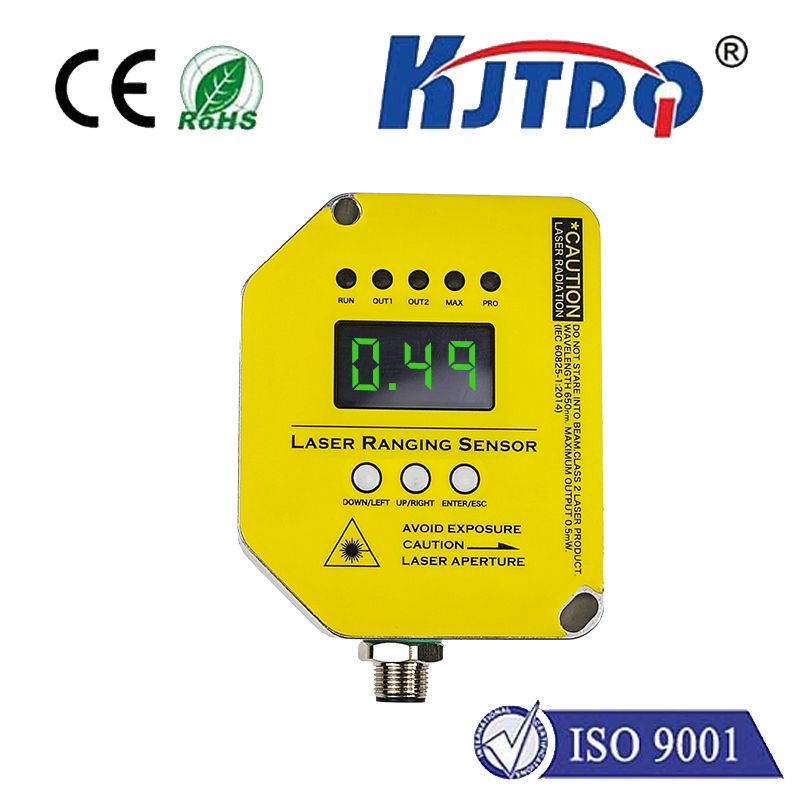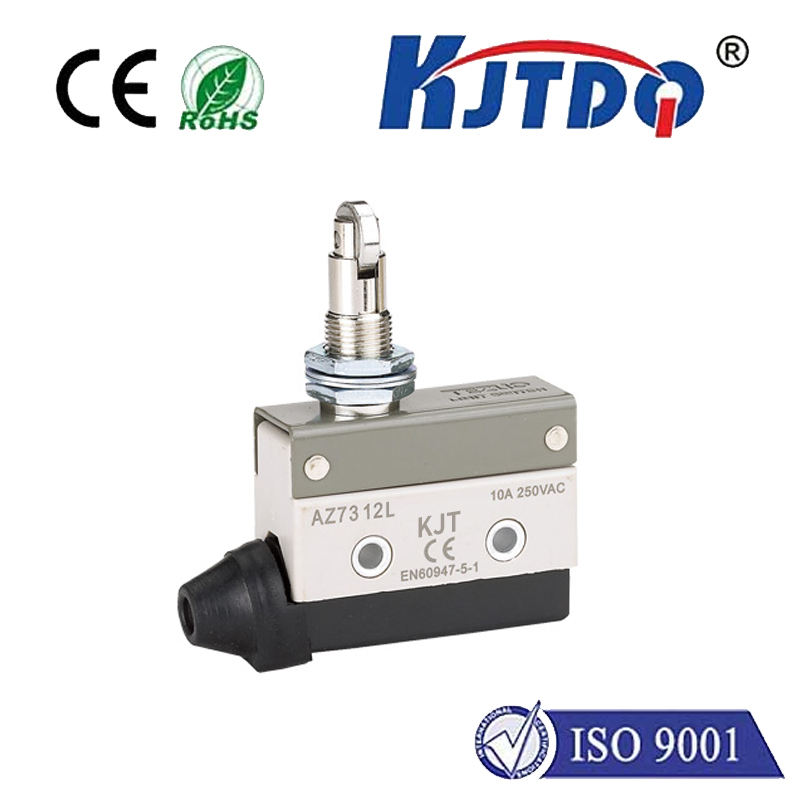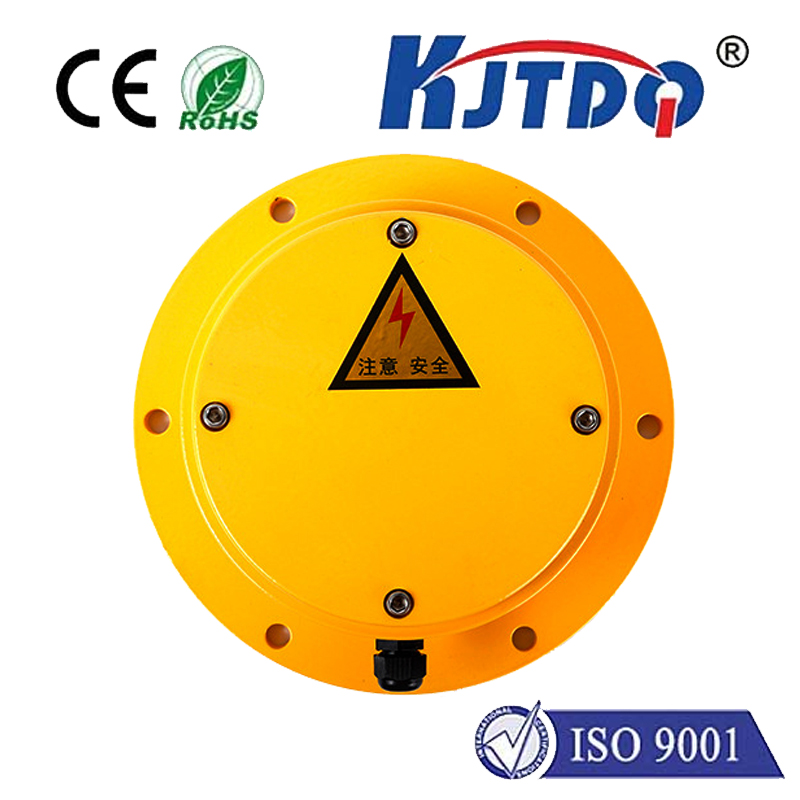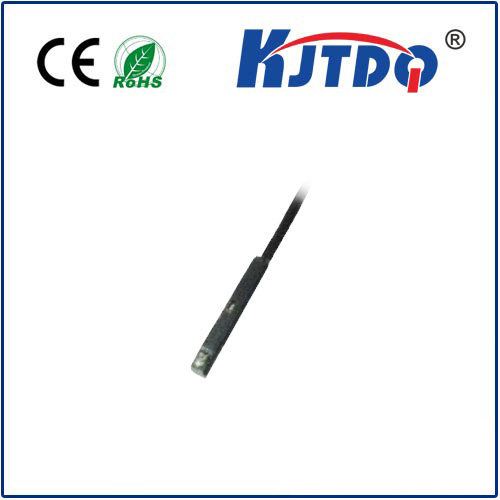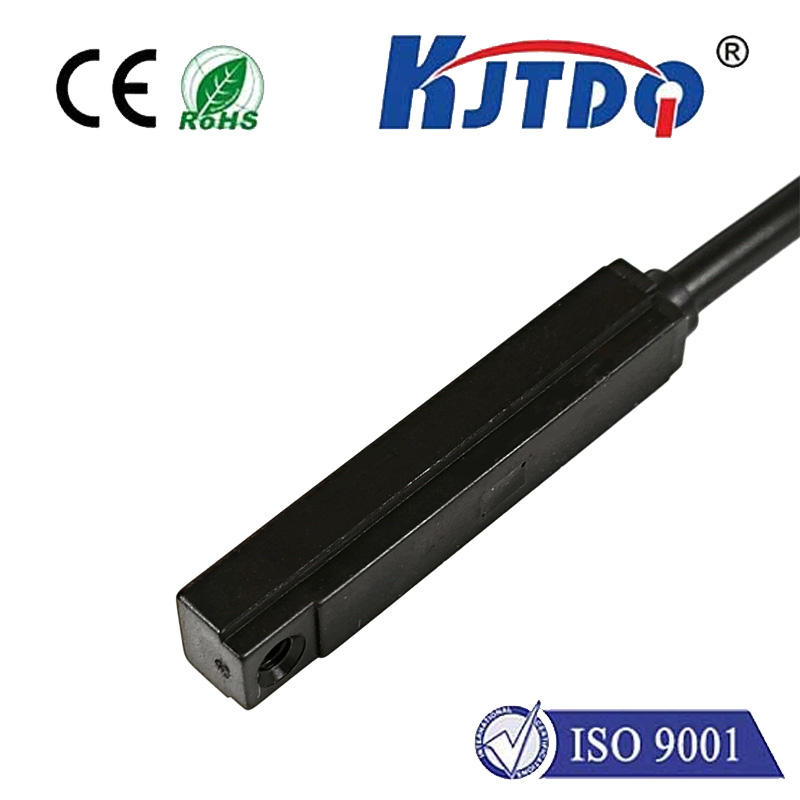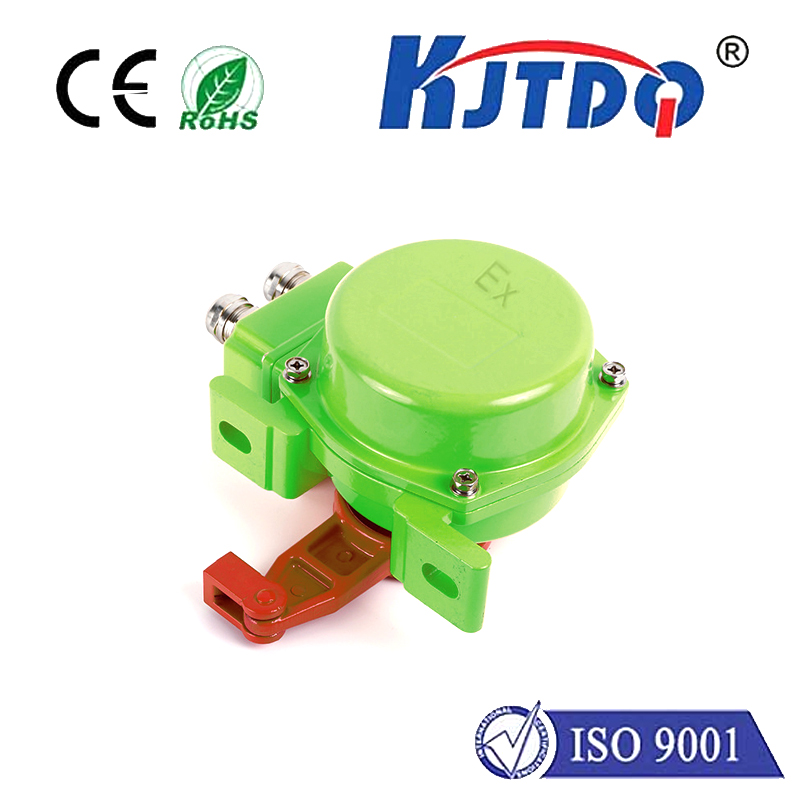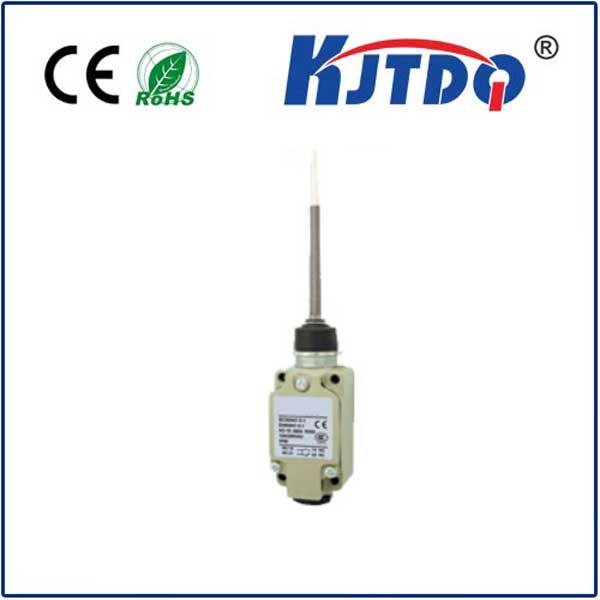

check

check

check

check

check

check

check

check

check

check
Title: The Versatile Technology: Laser Heat Detector
Introduction
In today's world, technology continues to advance at an unprecedented pace, leading to the development of numerous innovative tools and devices. One such device is the laser heat detector, a cutting-edge technology that has revolutionized various industries. In this article, we will delve into the workings of a laser heat detector and its applications in different fields.
What is a Laser Heat Detector?

A laser heat detector is a specialized device designed to measure temperature changes using laser technology. It works by emitting a low-powered laser beam onto a surface and then analyzing the reflected light to determine the temperature of the object. This non-contact method of temperature detection provides accurate results without damaging the surface or affecting the surrounding environment.
Applications in Industry
The laser heat detector plays a crucial role in various industrial applications, where accurate temperature measurement is critical. For instance, in the manufacturing sector, it helps monitor the temperature during metalworking processes such as welding, soldering, and brazing. This ensures that the materials are heated to the optimal temperature, resulting in high-quality products with minimal defects.
Similarly, in the semiconductor industry, the laser heat detector is used to test the thermal performance of electronic components. By measuring the temperature distribution across a chip, manufacturers can identify potential hotspots and optimize their designs for better heat dissipation, leading to improved reliability and longer lifespan of the devices.
Applications in Construction
In the construction industry, a laser heat detector serves as an essential tool for building inspection and maintenance. It helps detect thermal bridges, areas where heat loss occurs due to poor insulation or construction techniques. By identifying these areas, builders can take corrective measures to improve energy efficiency and reduce heating costs.
Moreover, during fire safety inspections, a laser heat detector can quickly locate hidden hotspots or potential fire hazards within walls or ceilings. This allows for prompt action to prevent any catastrophic incidents that may arise from undetected overheating.
Conclusion
The laser heat detector is a versatile technology with numerous applications across various industries. Its ability to provide accurate temperature measurements without physical contact makes it an indispensable tool for ensuring product quality control, optimizing electronic component designs, improving energy efficiency in buildings, and enhancing fire safety protocols. As technology continues to evolve, we can expect further advancements in laser heat detection techniques, opening up new possibilities for innovation and improvement in many aspects of our lives.
